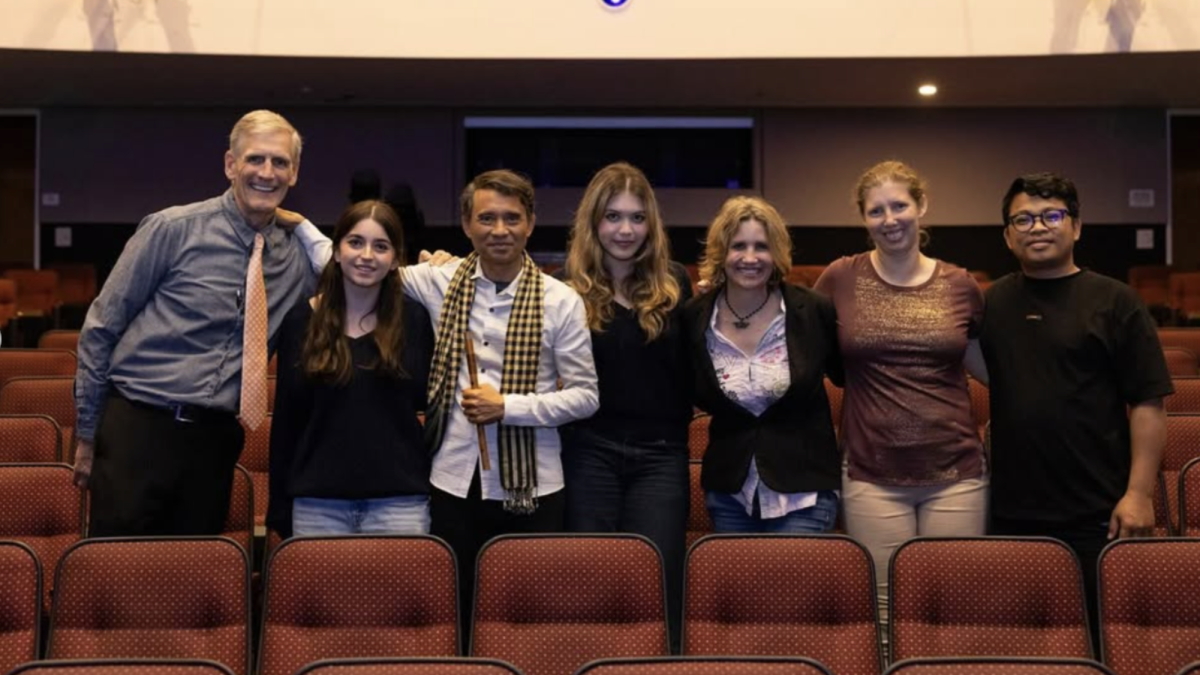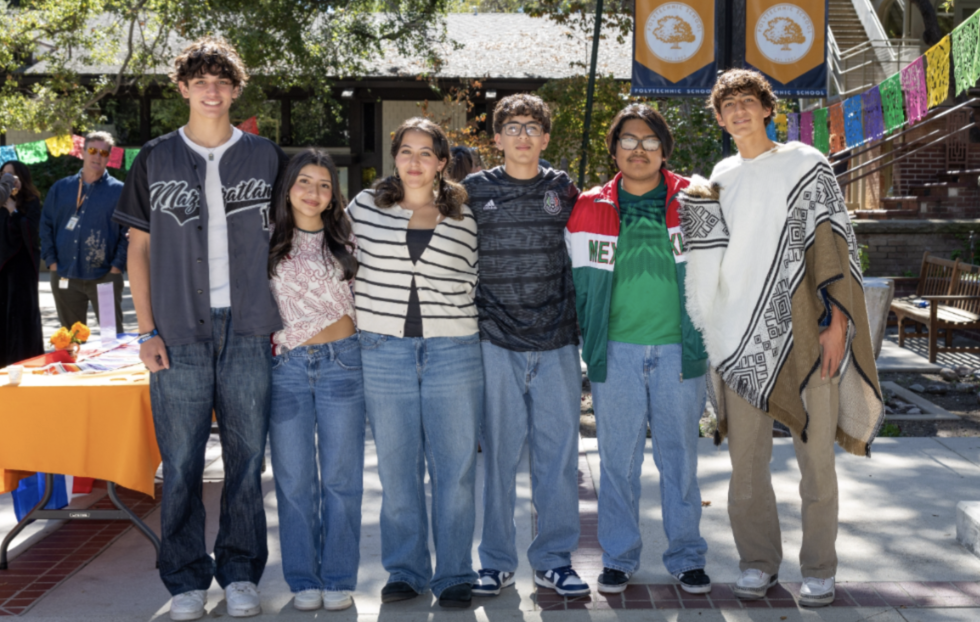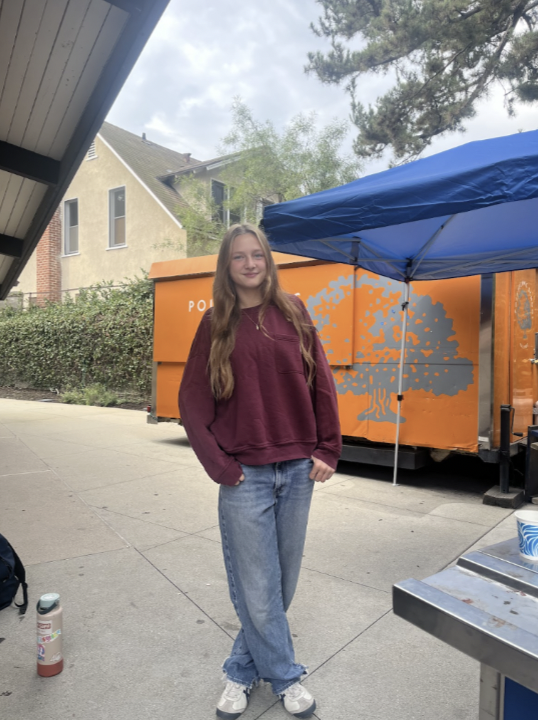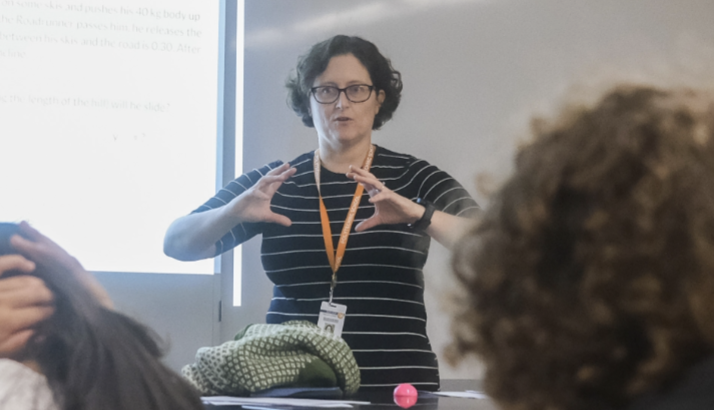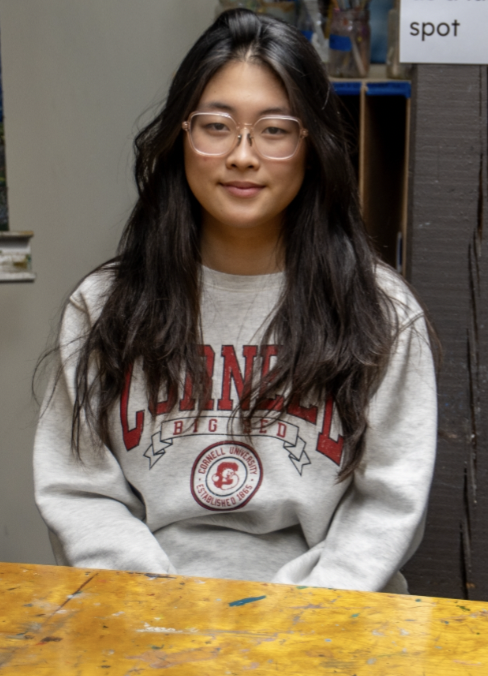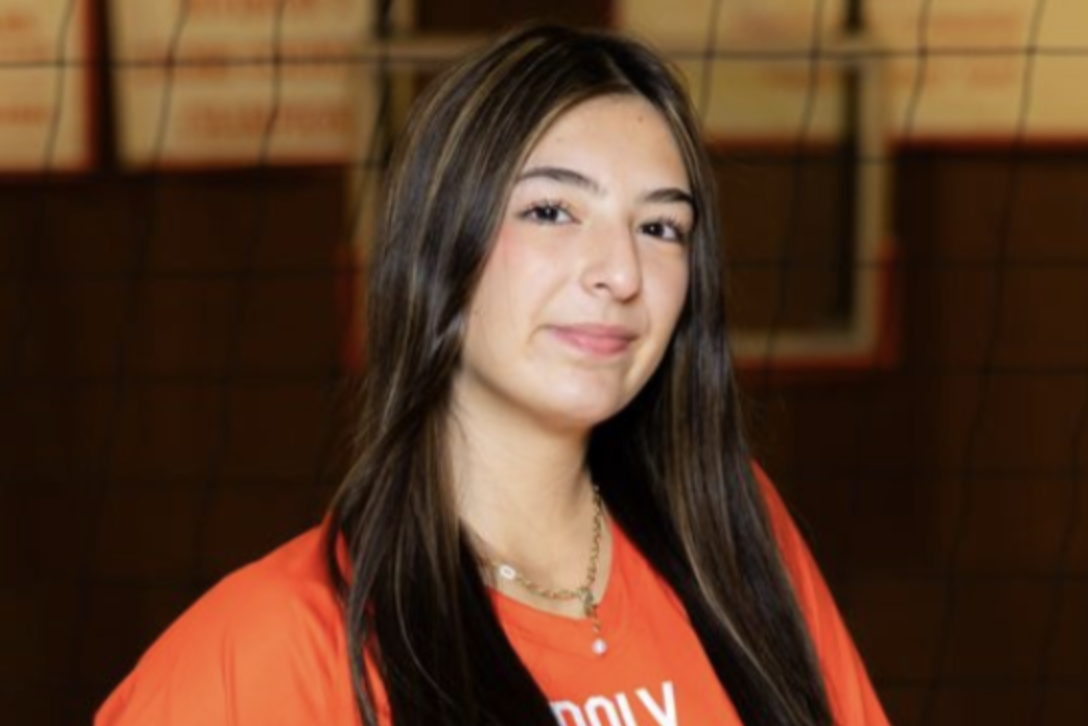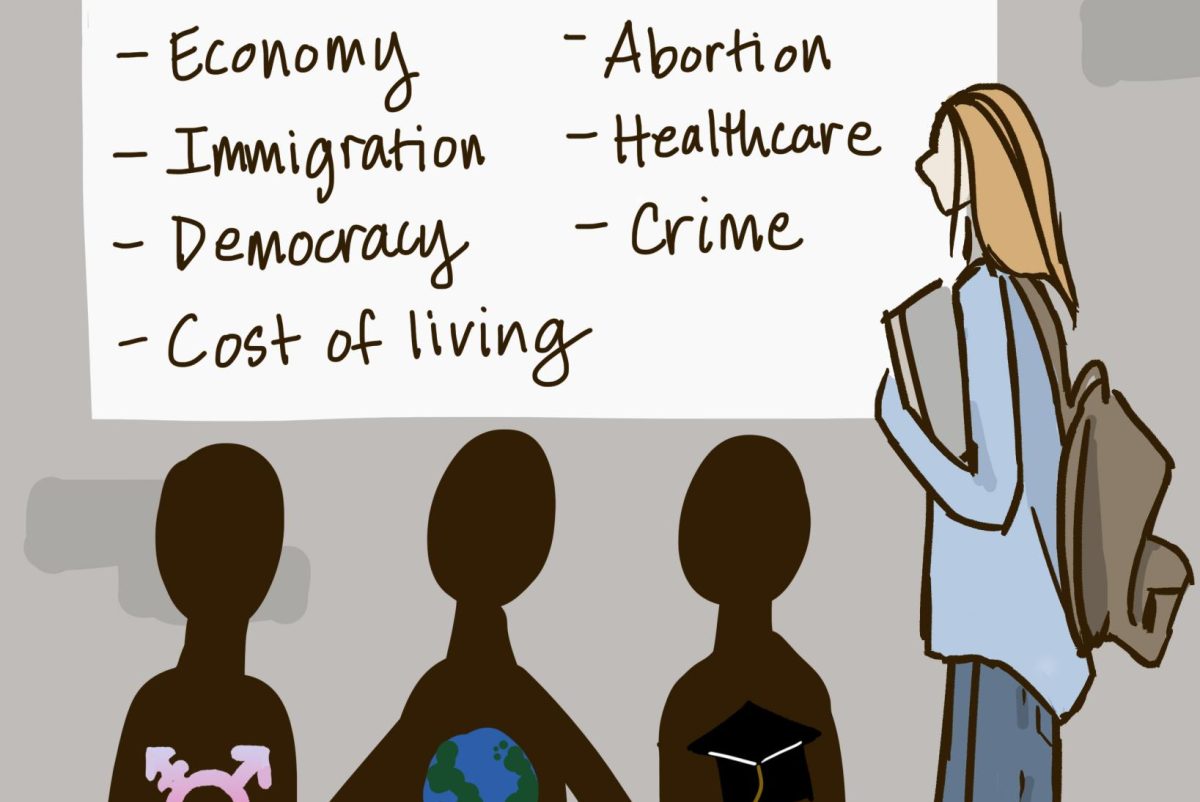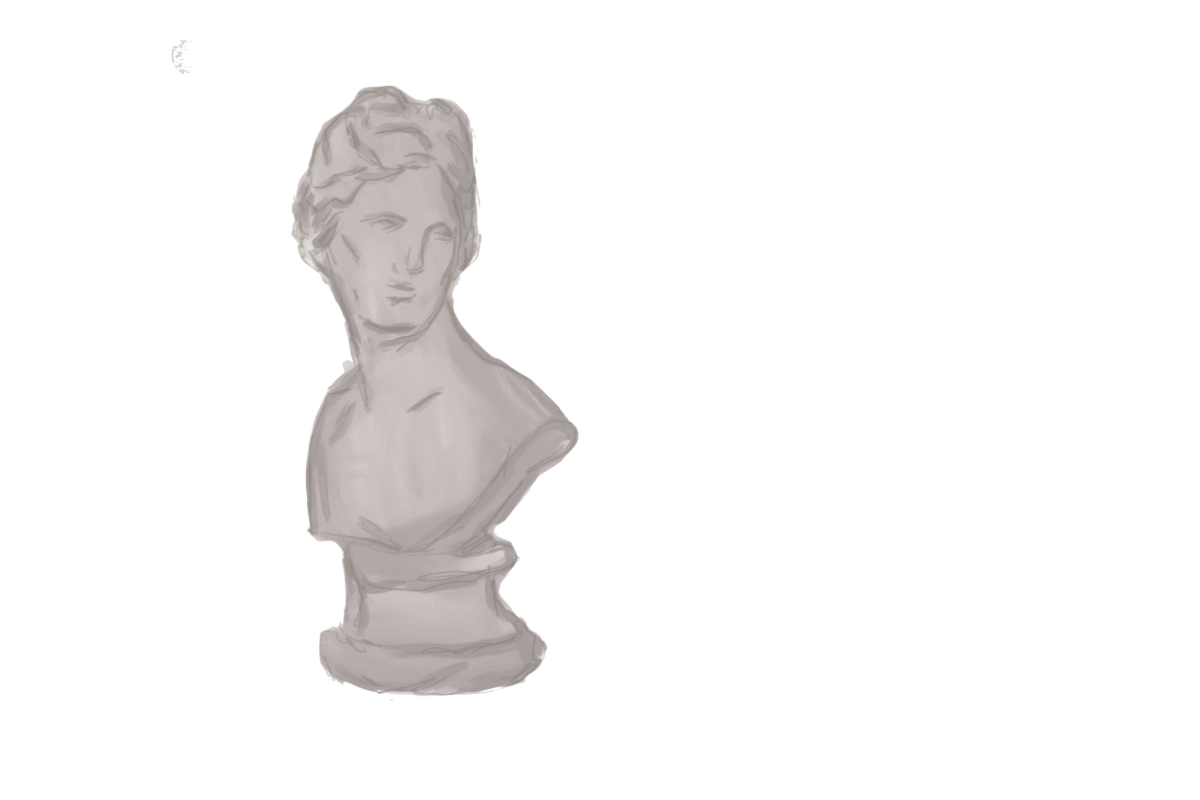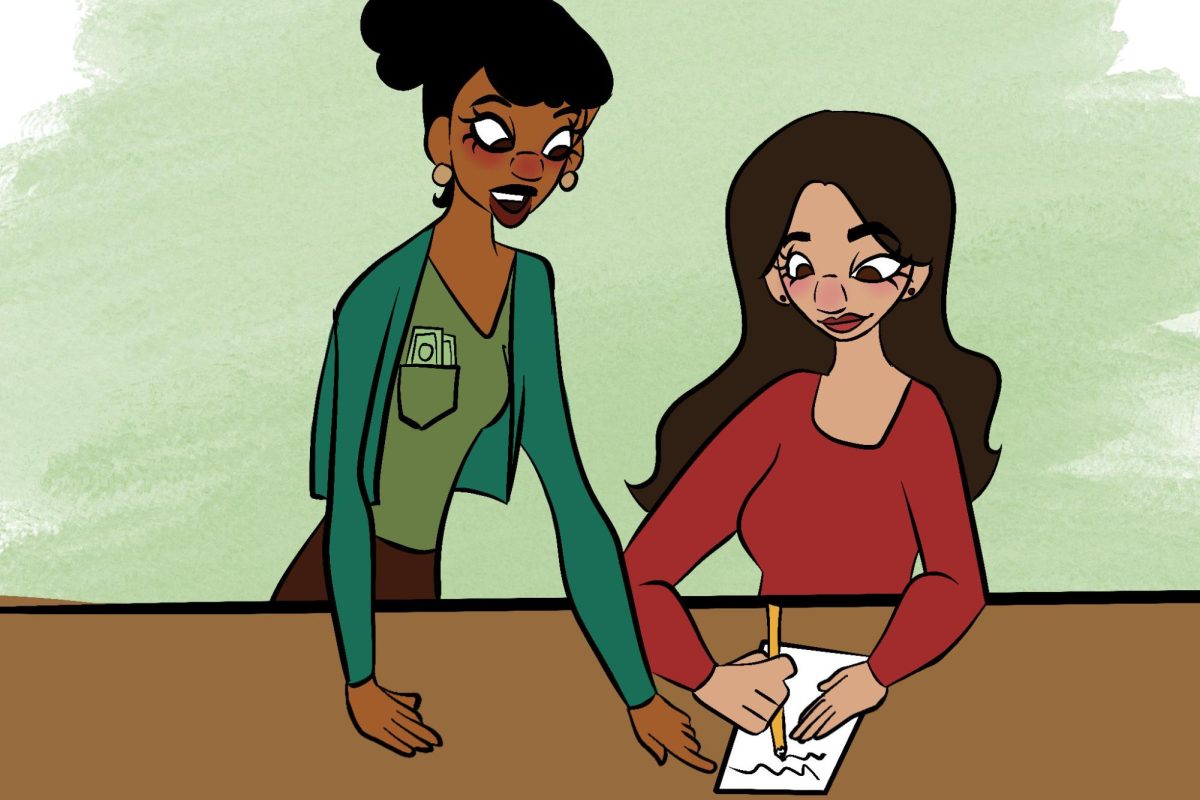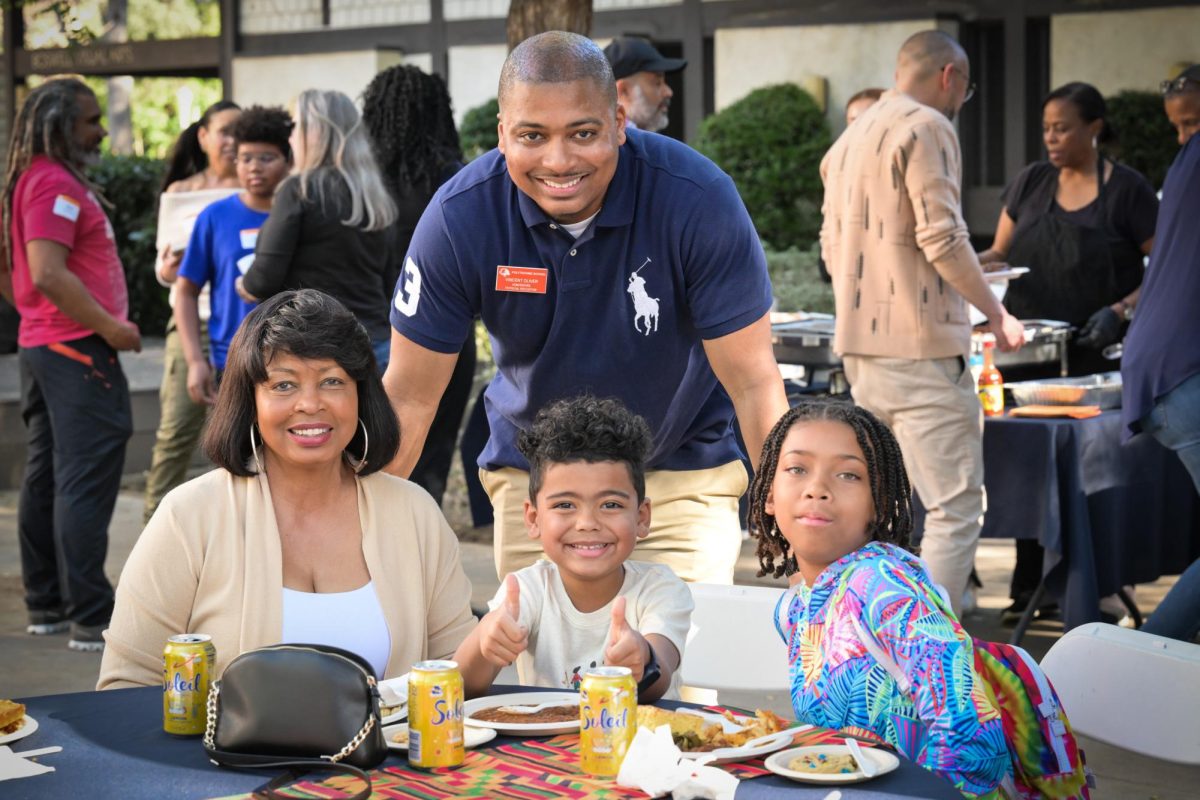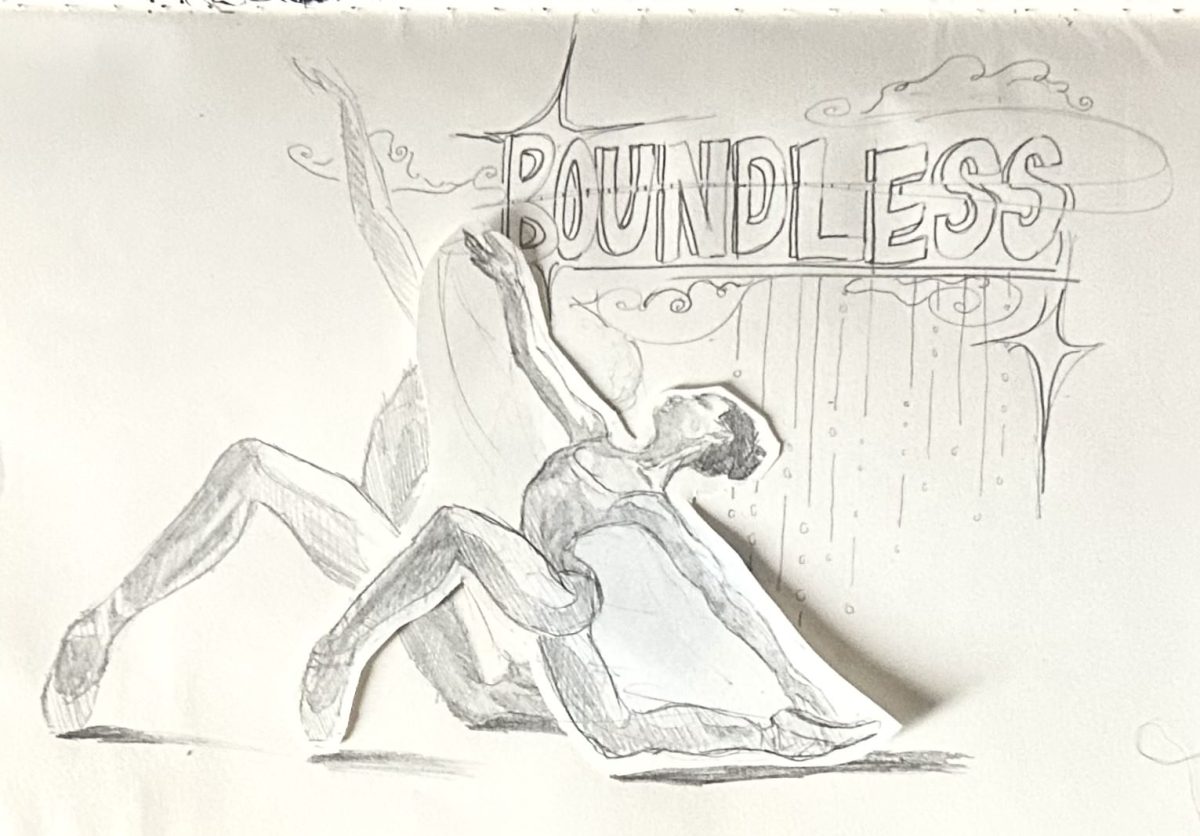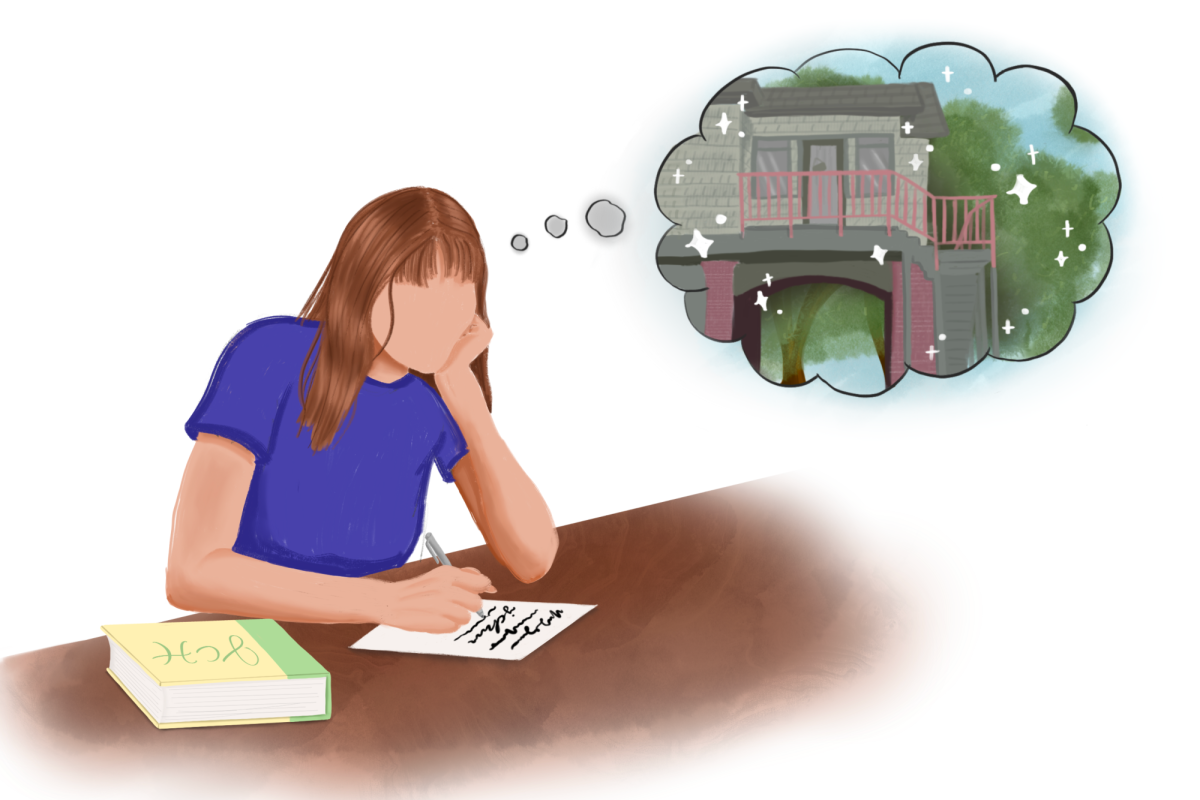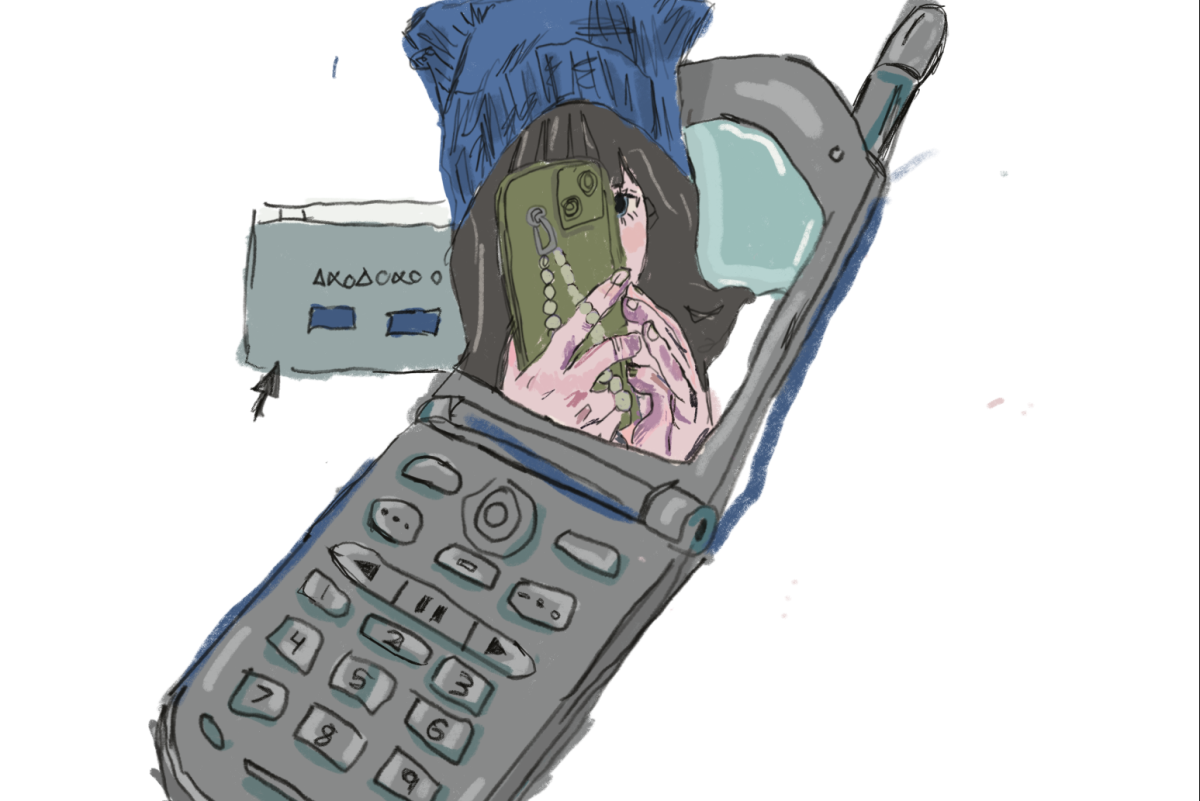TikTok, Instagram, Twitter, Facebook, Snapchat, YouTube, WeChat — all of these applications enable people to share content or branch out in their networks. Various sources credit Andrew Weinreich with launching the first social media site, Six Degrees, in 1997. Since then, multitudes of others have adopted his idea and built their own apps. According to the Search Engine Journal, around 4.9 billion people today use social media.
Due to social media’s ever-expanding popularity and reach, more people have begun to recognize across its inherent flaws.
Psychologists have noted the negative impacts that social media has on body image. Influencers often only post their “best” photos, meticulously edited to perfection. In addition, apps like TikTok include filters that cover any “imperfections” such as acne and wrinkled skin. Through daily exposure to posts like these, viewers, especially adolescents, compare themselves to an unrealistic standard and develop insecurities about their own appearance.
Fake news is also a persistent problem. Anybody can generate news on social media, whether factual or not, that spreads effortlessly with just the click of a button. These two factors create the perfect recipe for the mass dispersal of misinformation.
Over time, these critiques have given social media a bad reputation. However, I believe that social media still has created long-lasting benefits for our society in spite of its harms.
As high school students, we comprise a large part of the population who uses social media. Absorbing ourselves in academics, we often lack connection to the outside world and its issues. However, even just a little time spent on one application exposes us to the major and minor events occurring outside of Poly’s hedge-lined campus. For example, I first learned about the Israel-Palestine conflict through TikTok videos that popped up on my For You page. Unlike reading an article that only states the facts of an event, users on social media can express their varied perspectives on a topic. By taking in these different outlooks, we can dissect the information to find concrete facts and develop our own perspectives. Through this problem-solving process, we develop and practice our critical thinking skills.
According to Robert J. Sternberg, a professor of human development at Cornell University, “critical thinking allows people to solve problems more creatively, independently and effectively.”
However, viewers must realize that not all of posts contain valid information. Perspectives contain bias, and social media allows people to twist the information in their favor. To solve this problem, readers need to take in different perspectives to comprehend the full story. By judging between real and fake, we practice critical thinking.
Moreover, social media connects people. Before, people could only communicate on the phone or through letters. Now, they can instantaneously send each other videos, photos, and updates on various apps. For example, by just scrolling through WeChat, a child in California can see what their grandparents in Shanghai did that morning.
Freshman Malia Mahandesi voices, “My cousin in Korea and I frequently send each other Instagram reels. Although apart, we can still connect without actually being together.”
Furthermore, since most social media apps, like Instagram, provide targeted content for people based on interests, someone with a particular passion can easily encounter a post from a complete stranger who shares the same interest. Through social media, people have connected and even befriended others that they would have never had the fortuity to meet in real life. According to sophomore Cici Liu, “I met one of my best friends through Snapchat due to our shared love for golf.”
On top of developing critical thinking and connecting people, social media can also create and popularize a business or organization. Since social media can group people according to various parameters, entrepreneurs can specifically market to their target audience. Through advertisements, giveaways, and posts, start-up businesses gain customers. After receiving a product, customers can easily write feedback through comments, promoting the business further (if the reviews are good). By being able to promote themselves on social media, businesses save money by not having to pay for more expensive publicity methods. For example, through promotions on Instagram and Facebook, San Marino resident Alice Shui popularized her own brand, Alice in LaLaLand. Social media allows everyone, not just already affluent and developed companies, to branch out and share their ideas.
We cannot neglect the problems of social media. However, as long as we regularly remind ourselves to not believe everything we see or read, we can embrace how social media has and continues to change our lives for the better.



